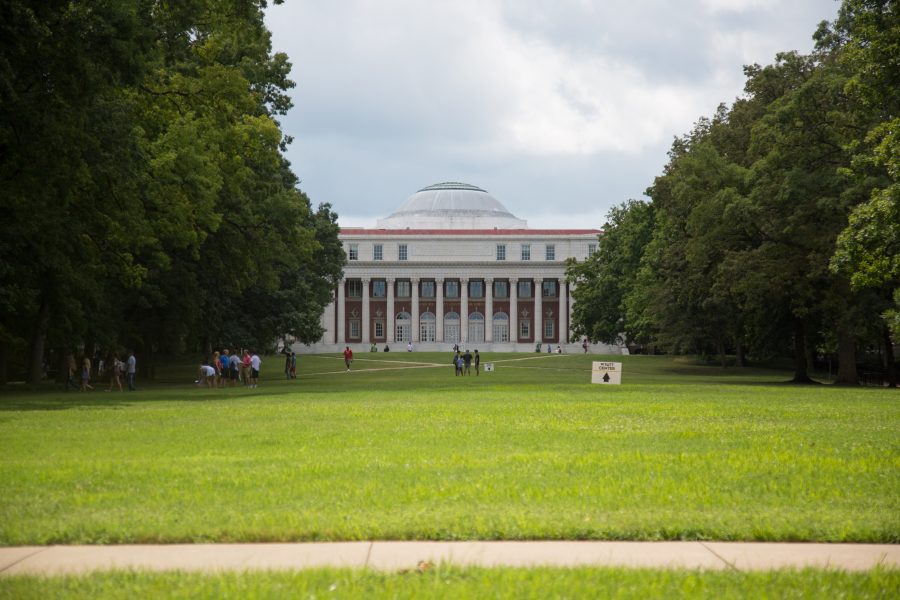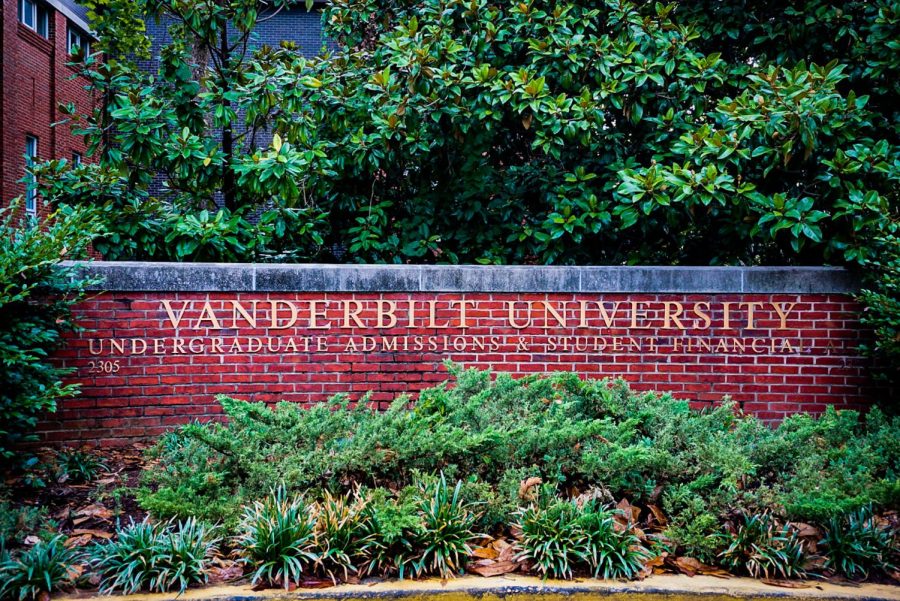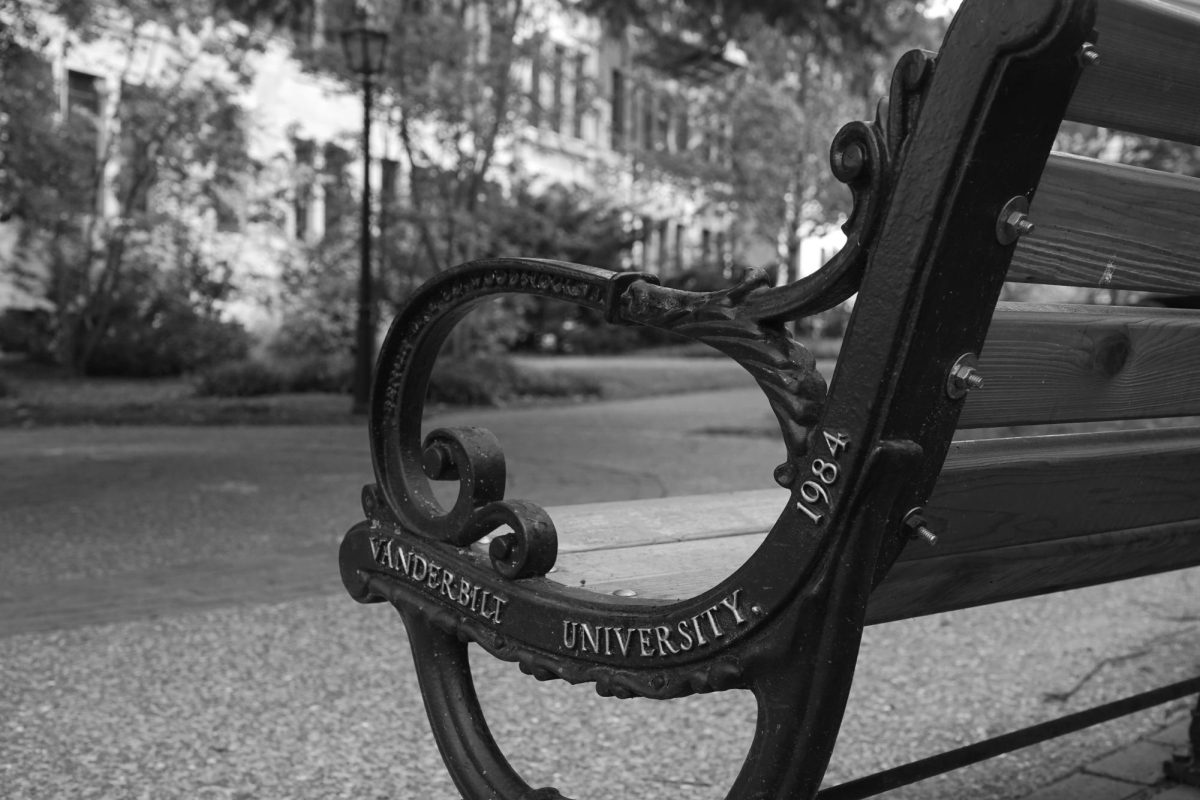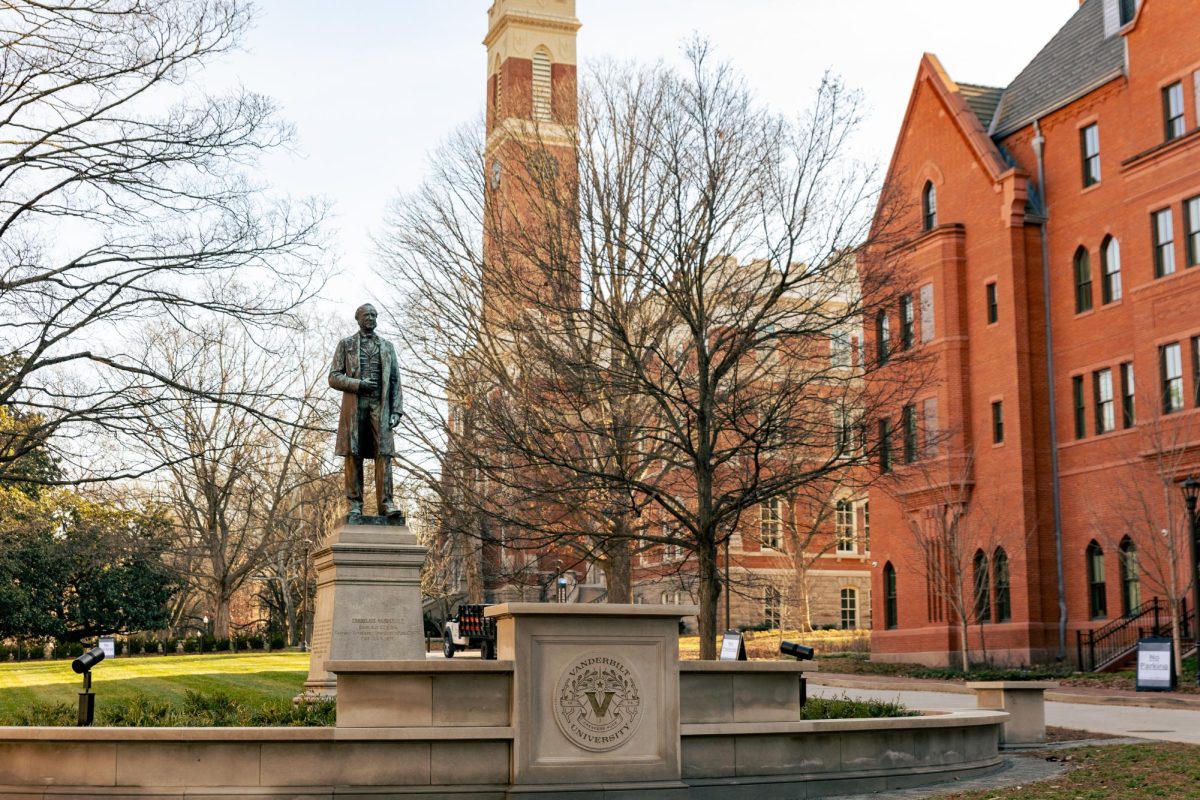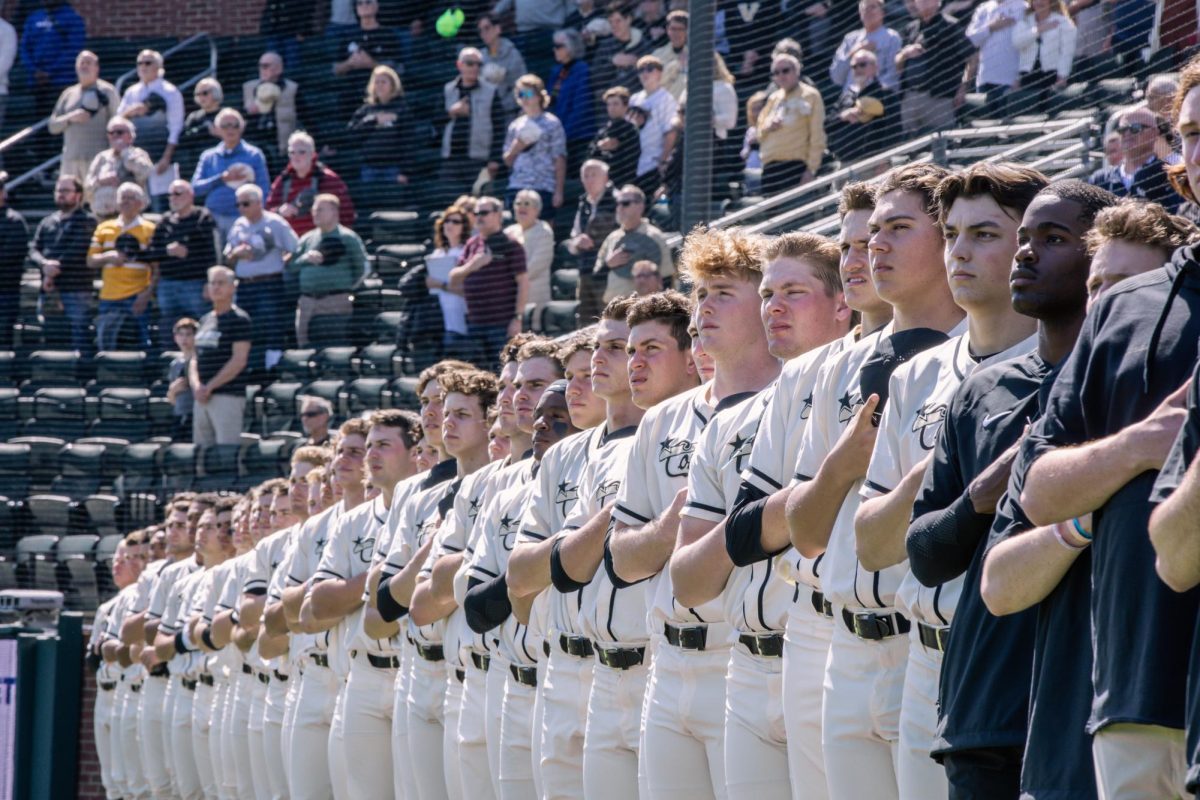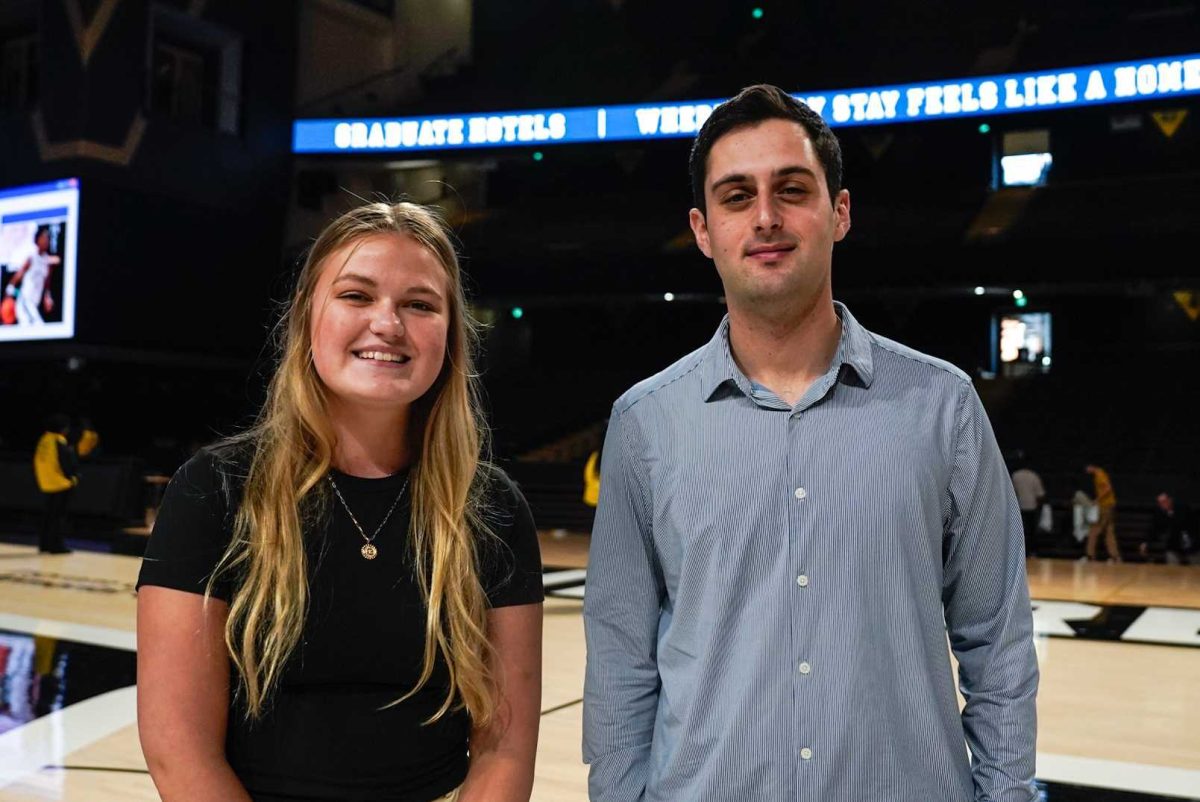Most of Vanderbilt’s students and faculty know little about the university’s endowment, or the total value of Vanderbilt’s financial assets. It’s a part of Vanderbilt which, though essential to many programs, seems to exist in an administrative sphere that we don’t have to interact with in our daily lives.
Recent news reports showed that Vanderbilt had among the fastest growing endowments of higher education institutions in 2018. The National Association for College and University Business Officers, or NACUBO, collaborates with the investment firm TIAA every year to release the NACUBO-TIAA Study of Endowments. Their 2018 study showed that the market value of Vanderbilt’s endowment increased 11.4 percent over the past fiscal year.
As of June 2018, Vanderbilt had the 18th-largest endowment among the country’s private universities. The endowment totaled $4.6 billion.
Vice Chancellor for Investments and Chief Investment Officer Anders Hall leads the team responsible for the growth in the endowment. The Office of Investments decides how to invest the endowment and other long-term financial resources that Vanderbilt holds.
“The endowment is the single most important financial underpinning for the university – it enables Vanderbilt to pursue its academic and research mission,” Hall said. “Programs such as Opportunity Vanderbilt, the university’s no-loan financial aid program, as well as other scholarships are supported by the endowment, which allows the university to recruit more talented and diverse undergraduate, graduate and professional students, as well as faculty and staff.”
Opportunity Vanderbilt, started in 2008, has provided over 10,000 students with need-based financial aid over the past decade. With 65 percent of Vanderbilt students receiving some form of financial aid, the endowment has a direct impact on the lives of most Vanderbilt students through funding some or all of their tuition.
Even for students who do not receive financial aid, the endowment helps support academic spaces on campus. According to Hall, it provides funding for libraries, classrooms and labs, and student service offices.
The Office of Investments has a huge task in building the endowment so that these many aspects of campus life can continue to be adequately funded. They invest globally in eight different classes of assets, which include real estate, natural resources, global equities, private capital, and cash.
Despite the many roles the endowment plays in building the Vanderbilt experience, it’s a lofty idea for many students. First-year Sarah Kohn noted that while she has heard the general total of the endowment, she has never understood what exactly it means. Kevin Kastholm, one of the student presidents of Vanderbilt’s Investment Club, spoke to the amount of mystery surrounding the way that the endowment is grown.
“I think that a lot of students are under the impression that the school’s tuition revenue and donations from alumni are constantly being used to fund each school year and the campus projects the university is engaging in,” said Kastholm. “However, from a long-term perspective, many don’t realize the behind-the-scenes work that the Office of Investments is doing to grow our capital base.”
Keaton Butowsky, the Vice President of Professional Events for business fraternity Delta Sigma Pi, noted that the dearth of student interaction with the Office of Investments may not be such a bad thing.
“With almost infinite investment opportunities, the people that work in the Office of Investments need to run the fund as though they are working in the private sector,” Butowsky said. “If we were to obfuscate their decision process with student oversight and noise, we should not expect to see the same returns that we have seen.”

